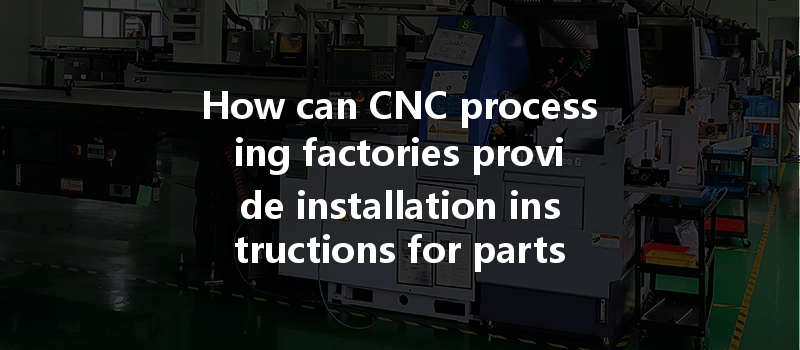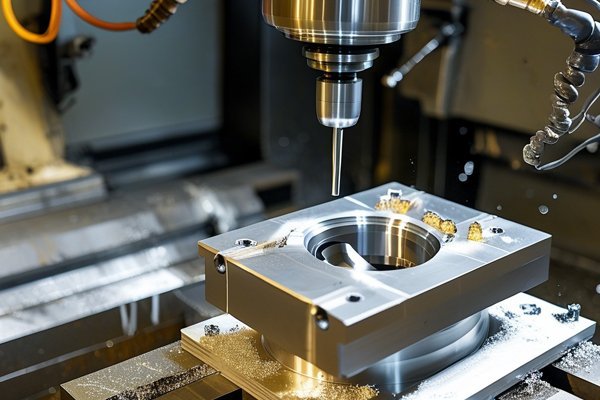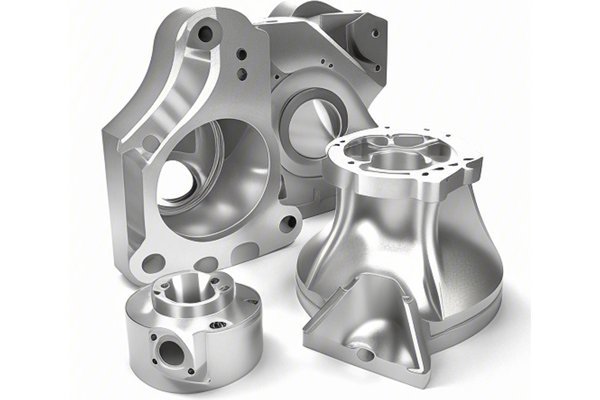Did you know that nearly 60% of customers cite unclear installation instructions as a primary reason for dissatisfaction with products? In today’s fast-paced manufacturing landscape, ensuring customer satisfaction is paramount for CNC processing factories. Providing effective installation instructions for CNC machined parts can significantly enhance a customer’s experience, reduce returns, and improve overall brand loyalty.
In this blog, we will deeply explore how CNC processing factories can develop and deliver clear, concise installation instructions for their parts. We’ll consider various methods, best practices, and technologies that can aid in this process. Moreover, we will address the importance of these instructions not only for customer satisfaction but also for operational efficiency.
Understanding the Importance of Installation Instructions
Before diving into how to create effective installation instructions, it’s crucial to understand why they matter. Installation instructions serve as the bridge between a product’s functionality and the end user’s capability to implement it. Poorly designed or unclear instructions can lead to:
The Anatomy of Effective Installation Instructions
To improve customer satisfaction through effective installation guidance, CNC processing factories should focus on the following elements:
Developing Clear and Effective Documentation
Creating effective installation instructions for CNC machined parts requires a structured approach. Here’s a step-by-step guide that CNC processing factories can follow:
Step 1: Know Your Audience
Understand who your end customers are. Are they engineers, DIY enthusiasts, or ordinary consumers? Tailor your instructions to meet their knowledge level.
Step 2: Gather Information
Collaborate with engineering teams and designers to gather essential information about the product. This collaboration will ensure that the necessary details are included in the user manuals.
Step 3: Drafting the Instructions
Start drafting the instructions with a clear outline. Here’s a suggested structure:
Step 4: Testing the Instructions
Before finalizing the document, conduct testing. Have a member of the team (ideally someone who is not involved in the project) follow the instructions to install the part. Take note of where they struggle and revise the instructions accordingly.
Step 5: Feedback Loop
Establish a feedback mechanism where customers can provide insights on the installation instructions. Use this feedback to continuously improve the documentation.
Leveraging Technology for Enhancement
The digital age presents CNC processing factories with opportunities to strengthen installation instructions further. Here are several technological enhancements that factories can adopt:

Instead of static PDFs, consider using interactive documents that allow users to click through sections or view videos by simply clicking on an icon. This can create a more engaging user experience.
Employ AR technology to provide live, on-site assistance. Customers can use their smartphones or AR glasses to see instructions superimposed on the actual part.
Create an online community or support forum where users can share their experiences and tips on installation. This peer-to-peer support can often clarify challenges better than traditional instructions.
Consider developing e-learning modules where users can learn the installation process interactively. This approach can be especially useful for complicated parts that require more in-depth understanding.
Quality Control and Assurance
For CNC processing factories, quality control doesn’t stop with production—it extends to the installation instructions as well. Ensuring high standards in both machining and documentation can create a cohesive, quality-focused brand identity. Here are methods to ensure quality in installation documentation:
Common Challenges and Their Solutions
Even with a well-laid plan, CNC processing factories may encounter hurdles in providing installation instructions. Here are some common challenges and suggested solutions:
Challenge 1: Technical Complexity
Solution: Simplify language and break down complex procedures into manageable steps. Use analogies or examples from everyday life to illustrate hard-to-understand concepts.
Challenge 2: Varied Customer Expertise
Solution: Create tiered documentation—basic, intermediate, and expert level, allowing customers to select the instructions that fit their familiarity level.
Challenge 3: Feedback is Lacking
Solution: Actively solicit feedback through multiple channels, such as post-purchase surveys or follow-ups. This encourages customers to provide input and helps identify areas for improvement.
Challenge 4: Rapid Product Changes
Solution: Implement a dynamic documentation system where changes in the machining process or product design are promptly reflected in the installation materials.
Measuring Customer Satisfaction: Key Performance Indicators (KPIs)
To evaluate the effectiveness of installation instructions, CNC processing factories can track various KPIs, including:
Putting It All Together: A Holistic Approach
Implementing efficient installation instructions requires a comprehensive and integrated approach. By investing in clear documentation, leveraging technology, and soliciting continuous feedback, CNC processing factories can significantly enhance customer satisfaction.
In summary, the ability of CNC processing factories to provide effective installation instructions directly correlates with customer satisfaction. By focusing on clarity, step-by-step guidance, use of visuals, and online engagement, factories can minimize frustrations and improve the overall user experience.
This blog highlights that the importance of clear installation instructions extends beyond the installation itself; it’s tied directly to brand reputation and customer loyalty. As a result, CNC processing factories must prioritize the development of robust and effective installation documentation as they strive for operational excellence and a satisfied customer base.
Therefore, it is essential for businesses to reflect on their current procedures and consider how they can adopt these practices to maintain competitiveness in the evolving manufacturing landscape.
Related Posts
- Here are some question-style FAQ titles based on the provided keywords: 1. What are the technical requirements and advantages of CNC machining for titanium parts? 2. How does CNC machining support the development of advanced materials for aerospace applications? 3. How can you improve the surface quality of copper parts through CNC machining? 4. What are the commonly used CNC surface treatment methods in the construction industry? 5. How to reduce material waste in CNC machining while optimizing costs effectively? 6. How does CNC machining handle oversized parts while maintaining precision? 7. What is CNC prototyping and how is it utilized in product development? 8. How to prevent deformation and stress of parts during CNC custom machining processes? 9. What is the difference in corrosion resistance between 2024 aluminum and 6061 aluminum in CNC machining? 10. What are the effects of heat treatment material selection on CNC machining quality?
- Can CNC Machining Manufacturers Effectively Handle Precision Molds for Customized Service Solutions?
- How to Choose Appropriate Machining Parameters for Brass CNC Machining to Enhance Quality and Efficiency?






